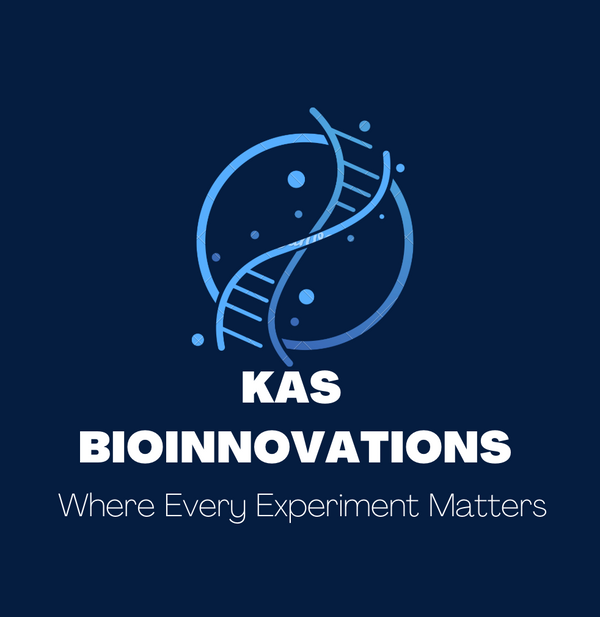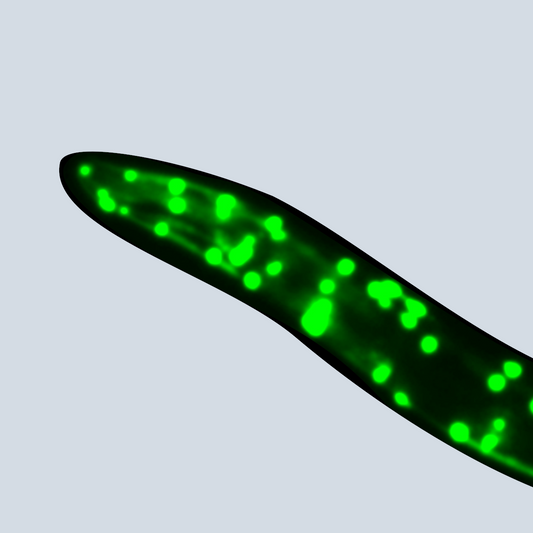Collection: C. elegans Transgenics Services
Extrachromosomal arrays are a type of genetic construct used in Caenorhabditis elegans (C. elegans) for genetic manipulation and research. These arrays are composed of multiple copies of DNA (genes of interest or reporter constructs) introduced into C. elegans but maintained outside the chromosomes, hence the term "extrachromosomal."
Key Features of Extrachromosomal Arrays:
- High Copy Number: These arrays typically consist of multiple copies of the introduced DNA, which amplifies expression levels.
- Episomal Maintenance: The arrays are not integrated into the chromosomes; instead, they exist as independent entities in the cytoplasm or nucleus.
- Mosaic Expression: Because extrachromosomal arrays are not present in all cells after cell divisions, they often lead to mosaic expression patterns where only a subset of cells carries the array.
- Transmission: Arrays are not stably inherited in every generation, and they are often lost at low frequencies. They are maintained by selecting for co-injected markers (e.g. fluorescent markers or phenotypic markers like rol-6).
Uses of Extrachromosomal Arrays:
- Overexpression Studies: Arrays can be used to overexpress genes of interest and study their function.
- Reporter Assays: Arrays are commonly used to study gene expression patterns by linking promoter regions to fluorescent proteins like GFP or mCherry.
- Functional Rescue: They can be used to test whether introducing a wild-type gene rescues the phenotype of a mutant strain.
- RNA Interference (RNAi): Arrays can express double-stranded RNA targeting specific genes for knockdown experiments.
Limitations:
- Instability: Arrays can be lost over generations or in some cells during development.
- High Expression Levels: The high copy number often leads to non-physiological levels of gene expression, which can complicate interpretation.
- Mosaicism: Uneven distribution of the array in tissues limits its use in studying genes requiring broad expression. Researchers sometimes integrate arrays into the genome to create transgenic lines with more stable expression, addressing some of these limitations.
-
Extrachromosomal Array Microinjection Service
Vendor:KASBioInnovationsRegular price $600.00 USDRegular priceUnit price / per -
Full Extrachromosomal Array Service
Vendor:KASBioInnovationsRegular price $1,000.00 USDRegular priceUnit price / per


